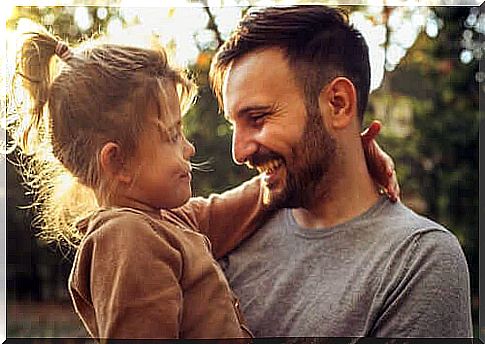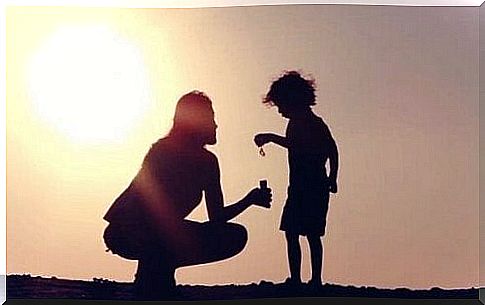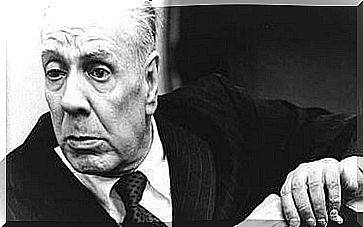How To Teach Children To Be Grateful?

Teaching children to be grateful goes beyond getting them used to saying “thank you”. Instilling a sense of gratitude in them is something completely different. Recognition goes beyond good manners. It’s a mindset, a trait and a lifestyle.
Gratitude is thus a value that every child should learn in order to be able to recognize what others do for them. Being grateful is an important personal characteristic along with other values such as generosity and kindness. A grateful child is less selfish. It’s an attitude that will make him happier in the long run and give him a better place in social interaction.

Some Keys to Teaching Children to Be Thankful
Hundreds of studies agree that practicing recognition brings several benefits. Indeed, be grateful:
- Predisposes to positive emotions
- Reduces the risk of depression
- Increases the satisfaction that comes from relationships
- Increases the ability to recover from stressful life events
There is no doubt that teaching children to practice recognition is a huge gift for them but also for those around them. In the rest of this article, we’ll walk you through some strategies for teaching children to be grateful.
1. Lead by example
Parents and other reference adults are the primary role model for children. If they see their parents acting generously, enjoying the good things that happen to them – no matter how small – and valuing them, they will want to follow their example.
If, on the contrary, children see that their parents and other adults constantly complain about everything, are rude and always dissatisfied, it will be very difficult for them to understand what it means to be and to feel grateful.
2. Teach children to be grateful: help them understand that others have needs too.
It is normal for young children to be selfish and egotistical. It is difficult to explain to them that the world is big and that it does not revolve around their desires. Biologically, they will gradually abandon this conception. And we can help them do it!
We need to help them see that we all have desires and that very often these are somehow contrary or not very compatible. Thus, not being able to satisfy them can lead to great frustration, shifting our attention away from what we have and thus focusing on what we lack.
3. Teach them to share
A child who learns to share also learns to value what he has, whether it is the material or the people he can count on. Sharing involves learning to be considered by others and to broaden your horizon.
4. Teach children to be grateful: stress the importance of saying “thank you”
In the mission of teaching children to recognize one thing, we want to emphasize one thing: saying thank you shouldn’t just be the mechanic children should learn to say when they receive something. At the beginning, of course, it is only a word for them. They must, however, gradually learn its real meaning. The habit of saying thank you will gradually help them wonder why they really feel grateful.
5. Thanking children when they do something right
When children do something good, thank them, show them gratitude, in the same way they are expected to be grateful to others. It is part of the example that we must strive to set for them.
In this way, children will discover that they are important and that there are simple things that make others happy and that they make them happy. Also, they will want to find out what these things are in others.
6. Teaching children to be grateful: talking about the things for which to thank
It is good to ask the child to express the reason for his gratitude, without arguing with him because he does not value something. Thus, we can better know the child and discover the points of his way of being to reinforce so that he consolidates the recognition.
Adults should also explain to children the things for which they feel grateful. Thus, they can broaden their view of the world and start a dialogue that helps them value the good things that occur in their life.

The importance of being grateful
As we mentioned, there are many benefits to teaching children to be grateful. The problem is, recognition doesn’t always come naturally.
The negative aspects in our lives, such as disappointments, resentment and fears sometimes occupy our attention more than the positive ones. This leads us to the non-acceptance of recognition as a characteristic of our personality. But Robert Emmons, a recognized expert in gratitude, says that deliberately developing a grateful perspective helps us improve our level of vital satisfaction.
Children should also be taught that many good things are “gifts” that we have been fortunate enough to receive. By making recognition a habit, we can succeed in changing the emotional tone of our life and creating more space for joy and connection with others.










